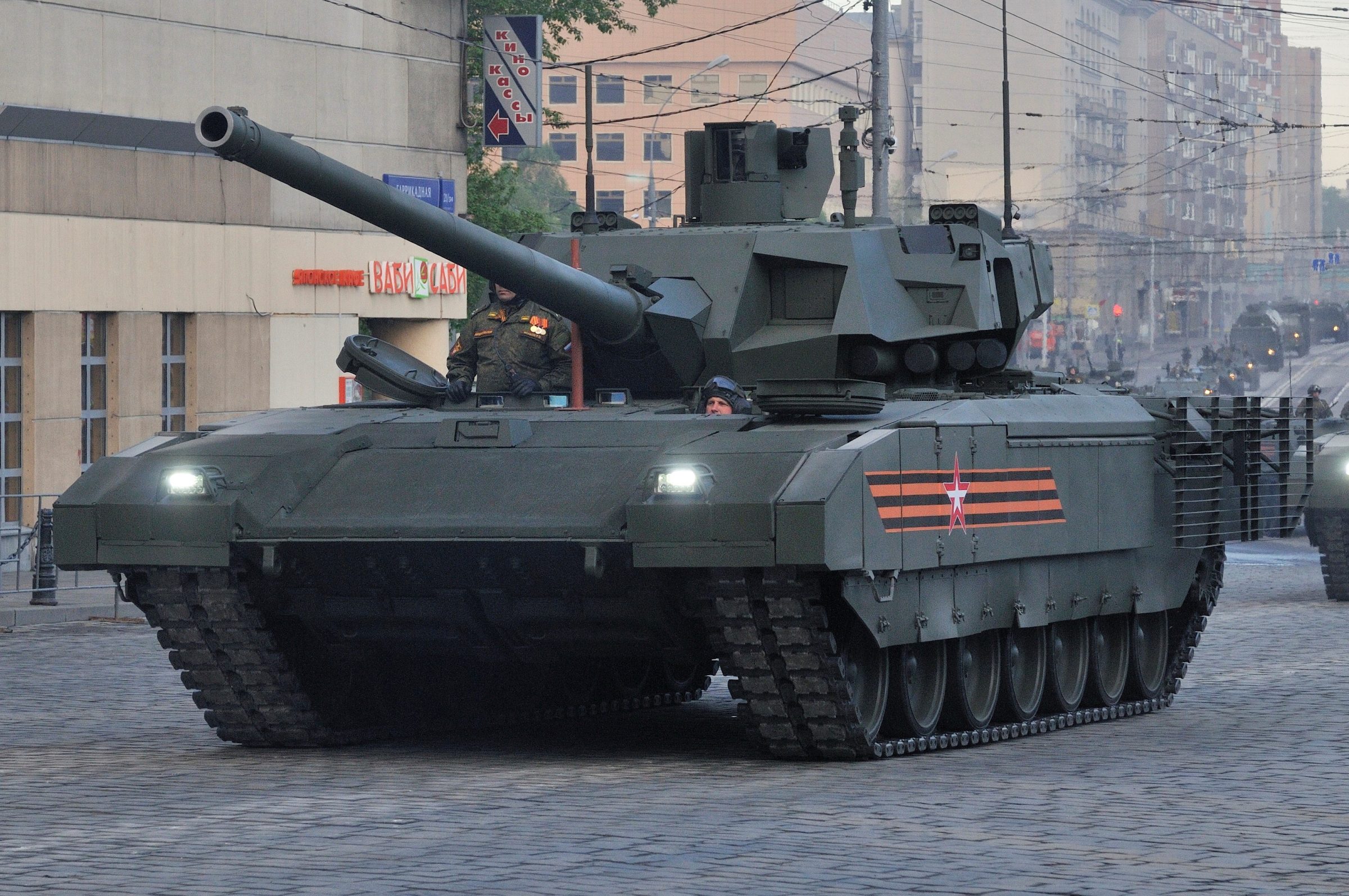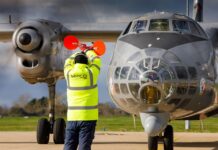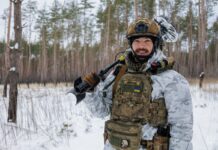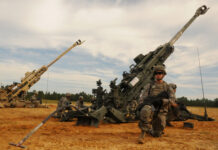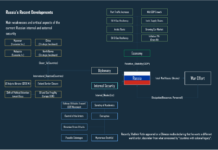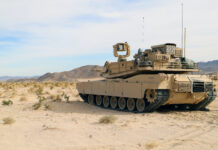Series delivery of the T-14 ARMATA Main Battle Tank (MBT) is scheduled for 2021, according to the Head of Rostec, Sergei Chemezov. At the beginning of 2018, the Russian Ministry of Defence signed a contract for the series production of 132 T-14, T-15 and T-16 tanks, with delivery of the first 100 vehicles by the end of 2020. Following suspected quality problems, the delivery period was extended at the beginning of 2020 to the end of 2022.
Since its first public presentation in May 2015, the T-14 has been regarded as a benchmark for assessing the protection and firepower of current MBTs, Armoured Infantry Fighting Vehicles (IFVs) and support vehicles, in addition to anti-tank weapons. Realised on the cross-sectional ARMATA platform, the T-14 is the most advanced project of this vehicle family. Prototypes of the T-15 IFV and the T-16 Armoured Recovery Vehicle (ARV) are also known to exist. A number of support armoured vehicles (howitzer, mortar, mine sweeper, fighter, minelayer and bridge-laying tanks) are conceptually planned.
Modern Vehicle Family
According to the known data, the T-14 MBT is, at less than 50 tons, significantly lighter than Western MBTs such as the LEOPARD 2 and M1 ABRAMS. It is powered by a 12-cylinder diesel engine with 1,100 kW. (power-to-weight ratio 22.9 kW/t) while the running gear has seven rollers and hydropneumatic suspension.
The new combat vehicle has fully digitalised equipment, an unmanned turret and an insulated armoured capsule for the crew. The main armament is a 125 mm smoothbore gun for guided and unguided projectiles with an automatic loader. The secondary weapon is a Remote-Controlled Weapon Station (RCWS) for light and medium machine guns. However, experts also expect a 152 mm smoothbore gun as main weapon and a 30 mm gun as secondary weapon with an anti-aircraft missile also considered a possibility. The armour is a combination of composite and reactive armour in addition to active hard and soft-kill systems.
T-14 ARMATA Testing
At the beginning of 2019, the ministry announced the start of the company trials of a preliminary lot of almost 20 T-14s and in May 2019, it was presented the at the Victory Day Parade. Afterwards, the MBTs went to different climate zones for further testing. In spring 2020, the Russian government reported on the trial deployment of T-14s in Syria, though objectives and results were not disclosed. With 132 tanks ordered, just two battalions can be equipped and no further orders have been announced so far. The Russian tank force is mainly equipped with T-72, T-80 and T-90 MBTs.
According to Chemezov, the T-14s will also be offered on the export market, though it is not clear which buyers Russia is looking at. The likely high price may deter buyers from the Russian environment while Western buyers are unlikely for political reasons.
Going Forward
Additionally, an unmanned version of the tank has been developed, though this will not be mass-produced, but instead used as a test vehicle for unmanned technologies. The development of ground combat robots is currently being promoted by the Kalashnikov Group. These use, among other things, algorithms that were developed for the T-14 and used in Syria.
The introduction of the modern (and expensive) T-14 MBT and other family vehicles represents a heavy financial burden on the Russian defence budget. Even the mastery of the complex digital technology does not seem to be sufficiently developed after the rare insights into test results. Therefore, it remains to be seen whether the prestige T-14 will be widely used by troops. Nevertheless, potential opponents will have to deal with how to protect themselves against the threat of the T-14 and how to fight this tank effectively. For the protagonists of the new Main Ground Combat System the T-14 is certainly one of the design criteria.
Technical specifications
| crew | Three (commander, driver, gunner) |
| primary weapon | 2A82-1M smoothbore gun 125 mm with automatic loader |
| secondary weapon | RCWS, PKTM MG 7,62 mm |
| weight | 48 t |
| weight with mission kit for urban warfare | 53 t |
| engine | X-12N360 multi-fuel diesel, 1,100 kW |
| specific weight | 22.9 kW/t (with mission kit: 20.8 kW/t) |
| length with cannon forward | 10,8 m |
| width / height | 3.5 m / 3.3 m |
| maximum road speed | 80 km/h |
| average speed over rough terrain | 45-50 km/h |
| range (without external tanks) | 500 km |


